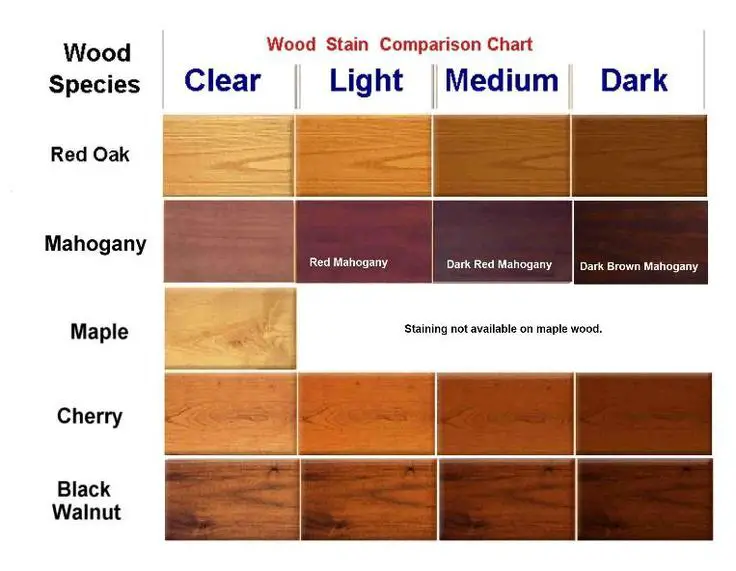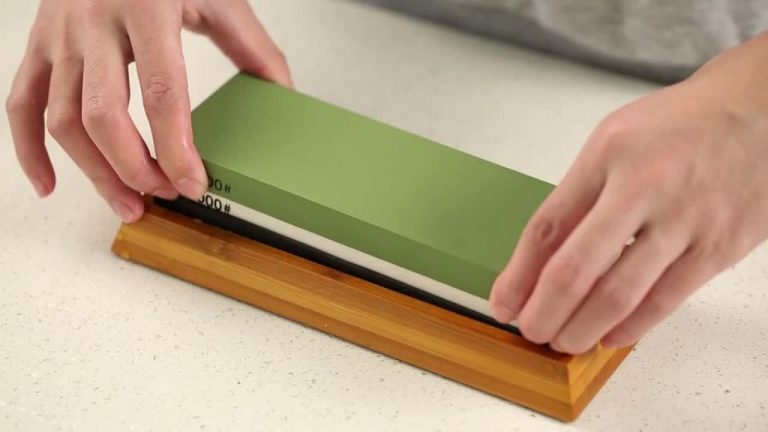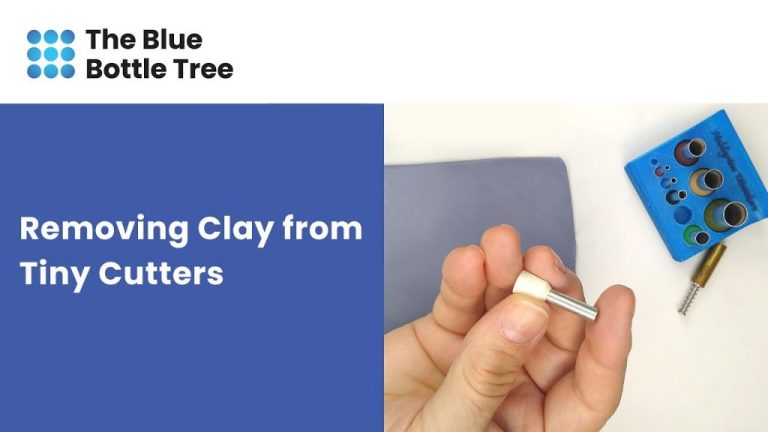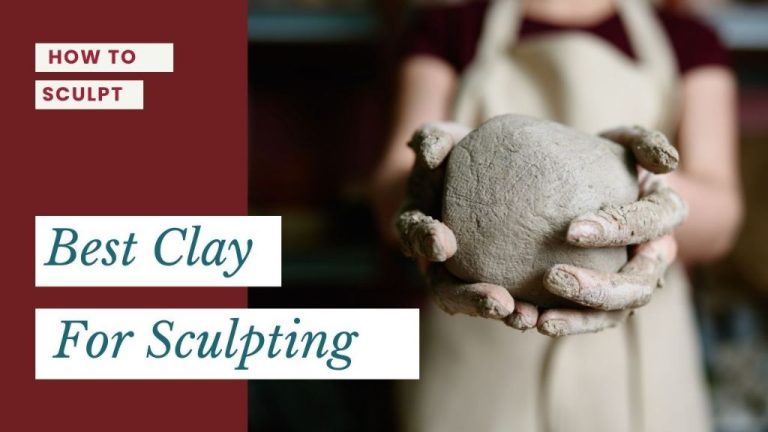How Do You Handle Ceramic Fiber Insulation?
Ceramic fiber insulation is a material composed of alumina and silica that can withstand extremely high temperatures. It is made by spinning and heating a mix of alumina and silica sources. Ceramic fiber insulation is typically used for industrial applications that involve high heat, such as furnaces, ovens, and kilns. It provides excellent thermal insulation and resistance to heat flow. However, ceramic fiber can also pose health hazards if proper precautions are not taken when handling it.
Hazards
Refractory ceramic fiber insulation poses several health hazards, especially related to inhalation of the fibers. According to the HSE, the small size of individual fibers means they can penetrate deep into the lungs and cause irritation and other issues (HSE). The CDC has also found a positive association between increased exposure to refractory ceramic fibers and the development of pleural plaques, skin and eye irritation, and potential carcinogenesis (CDC).
The primary concerns with refractory ceramic fiber are irritation of the eyes, skin, and respiratory system. The mechanical irritation can lead to coughing and shortness of breath. Studies have also shown potential links to lung cancer and mesothelioma when fibers are inhaled. The International Agency for Research on Cancer has classified refractory ceramic fiber as a possible human carcinogen.
When heated above 1800°F, the fibers can convert to cristobalite, a form of crystalline silica, which is a known human carcinogen. Chronic exposures should be limited to reduce risk of respiratory disease (Ceramic Fiber MSDS).
Precautions
When handling ceramic fiber insulation, it’s important to take proper precautions to limit exposure and protect yourself. According to the Health and Safety Executive, exposure to ceramic fibers should be prevented or adequately controlled. Wearing proper personal protective equipment (PPE) is crucial.
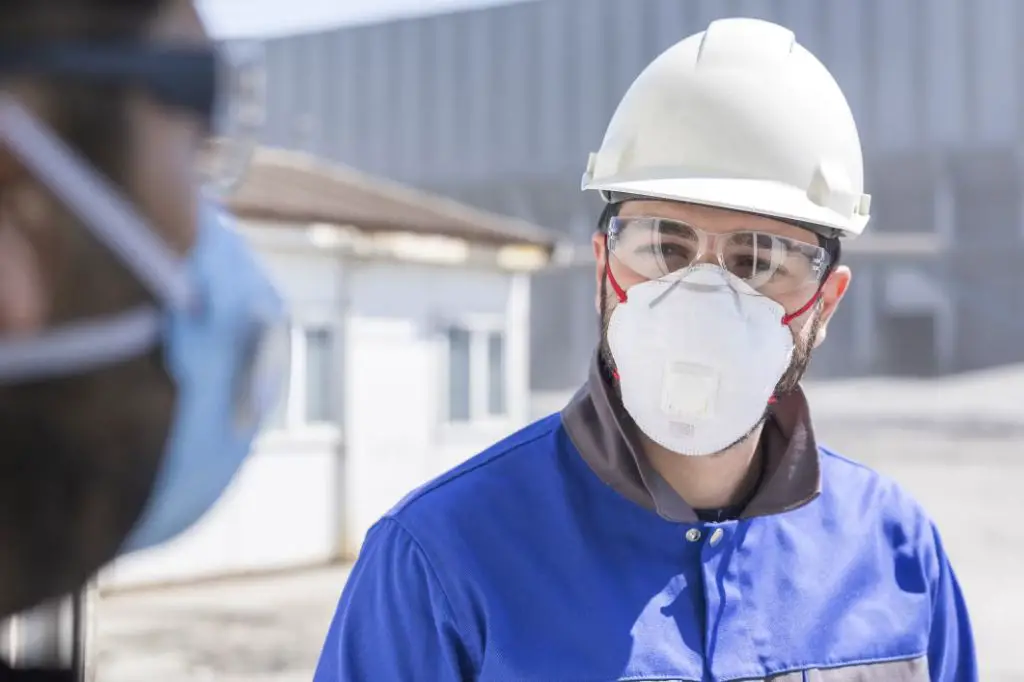
PPE when working with ceramic fiber insulation should include:
- Long sleeved, loose fitting clothing
- Gloves
- Head and eye protection like safety goggles
- Respirator or dust mask to prevent inhaling fibers
Ensure proper ventilation in the work area to limit dust exposure per Safe Work Australia’s guidelines. Avoid sweeping or using compressed air which can stir up dust. Instead use a HEPA vacuum to clean up dust.
Limit the time spent working with ceramic fiber insulation when possible. Follow safety precautions from manufacturer safety data sheets. Proper PPE, ventilation, and limited exposure are key when handling these hazardous materials.
Installation
When installing ceramic fiber insulation, it’s important to have the right tools and technique. Ceramic fiber is very brittle and can easily tear if handled roughly, so specialized knives are used for cutting. A sturdy utility knife with a retractable trapezoid-shaped blade is ideal for making precise cuts without damaging the insulation. Safety scissors or tin snips can also be used for simple straight cuts.https://www.jrfurnace.net/ceramic-fiber-insulation-installation/
Proper airflow is critical during installation to avoid trapping heat. Small sections should be cut and installed sequentially to minimize exposure. Airflow should be parallel to the face of the ceramic fiber to allow heat to escape rather than getting trapped in the material. The work area should also be well-ventilated. Following these precautions prevents premature shrinkage and maintains insulation integrity.https://nutecbickley.com/newsroom/articles/installation-of-ceramic-fiber-insulation
Removal
When removing old ceramic fiber insulation, it is crucial to contain the fibers and particles to avoid exposure. Ceramic fibers can irritate the eyes, skin and respiratory system if inhaled or exposed. Proper personal protective equipment (PPE) should be worn, including safety goggles, disposable coveralls or Tyvek suit, gloves and an N95 respirator (source).
The work area should be sealed off with plastic sheeting to prevent fiber release. The insulation should be thoroughly wetted down with water or a light mist of water prior to and during removal to suppress airborne dust. Avoid dry sweeping or blowing. Once removed, the insulation should be promptly bagged in 6 mil polyethylene bags for disposal.
Since ceramic fiber is classified as a hazardous waste, disposal must follow federal, state and local regulations. Typically this involves disposal at an approved landfill or incineration facility licensed to accept hazardous waste.
Alternatives
There are several alternatives to traditional ceramic fiber insulation that provide comparable functionality with improved safety. The main alternative is biosoluble fibers such as Superwool Plus. Superwool contains a small amount of biosoluble fibers that make the insulation less hazardous over time. The fibers dissolve into the lung fluid, reducing the risk of lung disease. Other viable replacements include fibrous glass and polycrystalline wool. These materials can match the thermal insulation properties of ceramic fiber while reducing risks to workers. Additionally, rigid insulations like calcium silicate can be used in some high temperature applications as an alternative. When selecting alternatives, it’s important to consider thermal capacity, durability, and potential health hazards.
Disposal
When removing or replacing old ceramic fiber insulation, proper disposal is critical. Ceramic fiber waste is typically considered non-hazardous, but regulations vary by region. In most areas, ceramic fiber can be disposed of in landfills.[1](https://www.conserve-energy-future.com/is-insulation-recyclable.php) However, there are specific guidelines for preparing and transporting the waste:
Ceramic fiber waste should be sealed in labeled plastic bags or containers during removal to prevent airborne fibers. Gloves, eye protection, and respirators should be worn. The waste should be dampened with water to further limit airborne particles. Labels should clearly state “Ceramic Fiber Waste” and include the installation date and removal date.[2](http://www.lewcospecialtyproducts.com/wp-content/uploads/2019/12/RG2300CeramicFiber.pdf) Check regional regulations, as some areas require advance notification and waste profiling before ceramic fiber disposal.
Transportation
When transporting ceramic fiber insulation, proper packaging and labeling is crucial. According to CCEWOOL, ceramic fiber blankets should be packed in either woven bags or cardboard boxes. The cardboard boxes have five layers of kraft paper and provide good protection. The bags allow for compression of the insulation for more efficient transport.
All packages containing ceramic fiber should be clearly labeled as containing refractory ceramic fibers, as they may be considered hazardous materials. In the United States, the Department of Transportation (DOT) has regulations regarding the transportation of ceramic fiber. The DOT classification for ceramic fiber is Non-hazardous under DOT regulations. However, all shipments must comply with the proper labeling requirements.
When transporting ceramic fiber, it’s also important to keep the materials properly covered and contained so fibers do not get released into the air. Transportation in closed vehicles and containers is recommended. According to Zouyu Trading, trucks with covered carriages are ideal for transporting ceramic fiber blankets to protect them from rain and prevent tearing of packaging.
Safety Gear
When handling ceramic fiber insulation, proper personal protective equipment (PPE) is essential to prevent irritation and potential long-term health effects. The key types of PPE to use include:
Respiratory Protection
Wearing the right mask is critical when working with ceramic fiber to avoid inhaling dangerous fibers and dust. For most applications, a N95 respirator is recommended as the minimum level of protection. More heavy-duty operations like removal or tear-out may require a full facepiece air-purifying respirator with HEPA filters (Source).
Hand Protection
Protective gloves should be worn when handling ceramic fiber blankets or boards. Options like leather or cotton gloves can help prevent skin irritation (Source). For tear-out projects, thicker rubber gloves may be preferable.
Body Protection
Loose-fitting long sleeved shirts and pants should be worn over regular clothing to minimize exposure. For removal or tear-out operations, disposable coveralls are recommended for full body protection (Source).
Conclusion
In summary, ceramic fiber insulation is a useful material for high temperature applications, but proper precautions need to be taken when handling it. The key points are:
- Ceramic fiber can be an irritant and potential carcinogen, so limit exposure and wear proper protective equipment.
- Use engineering and administrative controls whenever possible to limit exposure.
- Carefully follow manufacturer’s recommendations for installation and removal to minimize fiber release.
- Properly dispose of all waste to prevent exposure.
- Be aware of the hazards and follow all recommended safety procedures.
Safe handling of ceramic fiber is critical for protecting workers and limiting health risks. By understanding the potential hazards and following proper procedures, the risks of working with this material can be minimized. Proper precautions allow taking advantage of ceramic fiber’s useful properties while prioritizing worker health and safety.



